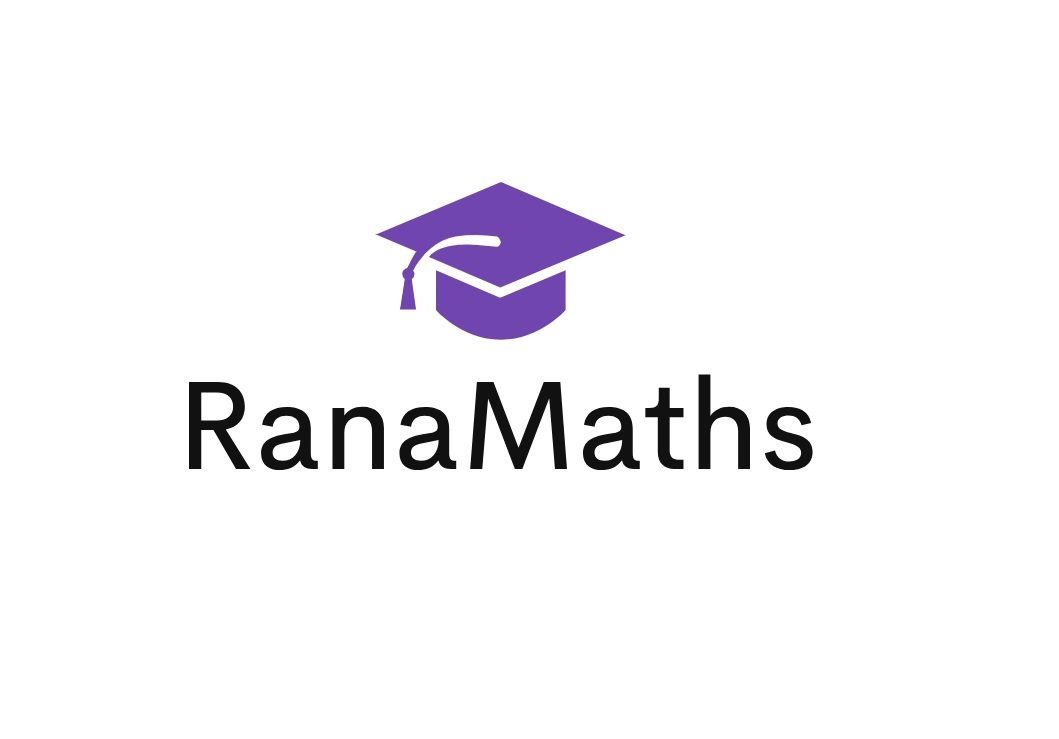Differential geometry is a branch of mathematics that studies the properties of curves, surfaces, and manifolds in space. It combines techniques from calculus, linear algebra, and topology to investigate the geometry of smooth curves and surfaces.
Vector:
- A vector is a mathematical quantity that has both magnitude and direction. It is often represented by an arrow with a certain length and pointing in a specific direction.
Scalar:
- A scalar is a quantity that only has magnitude (size) and no direction. Examples include mass, temperature, and time.
Vector Addition:
- Vector addition is the process of combining two or more vectors to form a new vector.
Scalar Multiplication with a Vector:
- Scalar multiplication involves multiplying a vector by a scalar (a numerical value). The result is a new vector with the same direction but a scaled magnitude.
Position Vector:
- A position vector represents the position of a point in space relative to a reference point or origin. It is usually expressed as a vector pointing from the origin to the point.
Unit Vector:
- A unit vector is a vector with a magnitude of 1. It is often used to represent direction without regard to scale.
Direction Cosine:
- Direction cosines are the cosines of the angles between a vector and the coordinate axes. They help describe the direction of a vector in space.
Scalar Multiplication (with properties):
- Scalar multiplication involves multiplying each component of a vector by a scalar. Properties include distributivity and associativity.
- Scalar Triple Product (with properties):
- The scalar triple product involves the dot product and the cross product of three vectors. It has properties related to volume and orientation.
- Vector Triple Product (with properties):
- The vector triple product involves the cross-product of three vectors. It is used in various physical and mathematical applications.
- Vector Product of More than Two Vectors:
- Extending the cross-product to more than two vectors involves iteratively taking cross-products. The result is a vector that is orthogonal to the original vectors.
These terms form the foundational concepts in vector algebra, and they are crucial in understanding the geometric and algebraic properties of vectors in space, which is fundamental to differential geometry.
Equation of Plane
If “r” is the position vector of point p with n as the unit normal Vector to the plane, then the equation r.n=p is the perpendicular distance of the plane from the origin. This is obviously the equation of such a plane, which is at a distance of P from its origin.
Differential Geometry Notes
Keep visiting our website www.RanaMaths.com

A very good post